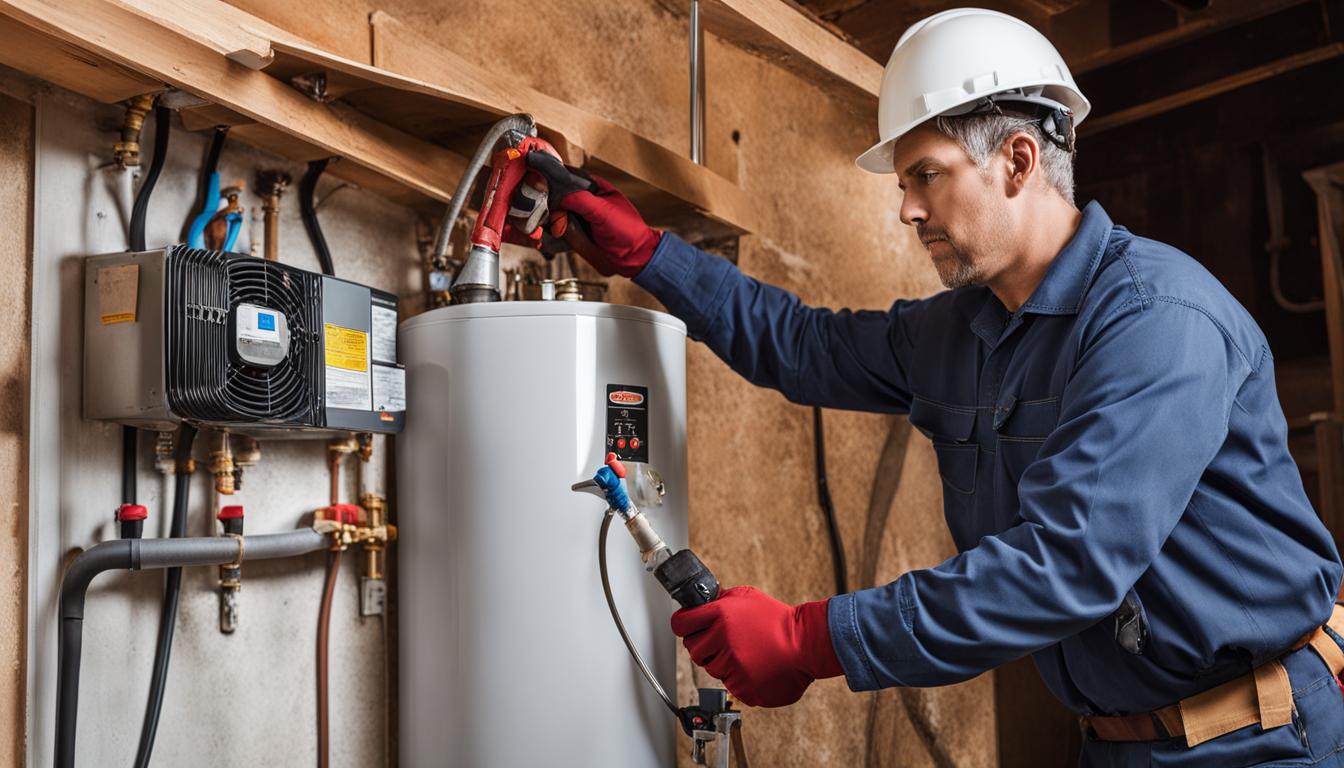Have you been searching for critical information involving How to Maintain Your Water Heater & Prolong its Life?
:max_bytes(150000):strip_icc()/tankless-hot-water-system-in-the-basement-of-a-green-technology-home-529577258-77afda16fd494c6899a78000888c3204.jpg)
Hot water is necessary for day-to-day convenience, whether it's for a refreshing shower or washing meals. To guarantee your warm water system runs successfully and lasts longer, routine upkeep is vital. This article offers functional pointers and understandings on just how to keep your home's warm water system to stay clear of disturbances and expensive repair services.
Introduction
Maintaining your home's hot water system might seem challenging, yet with a couple of straightforward actions, you can guarantee it operates smoothly for many years to come. This guide covers everything from understanding your warm water system to do it yourself upkeep ideas and understanding when to hire professional help.
Value of Preserving Your Warm Water System
Normal upkeep not just expands the life-span of your warm water system yet additionally guarantees it runs successfully. Ignoring upkeep can cause lowered effectiveness, greater power expenses, and even premature failure of the system.
Signs Your Hot Water System Needs Upkeep
Understanding when your hot water system needs focus can stop major issues. Keep an eye out for indications such as inconsistent water temperature, odd noises from the heater, or corroded water.
Purging the Water Heater
Purging your hot water heater removes debris accumulation, improving performance and prolonging its life.
Checking and Replacing Anode Rods
Anode poles stop rust inside the storage tank. Inspecting and replacing them when broken is vital.
Complicated Issues Requiring Specialist Assistance
Examples include significant leaks, electrical troubles, or if your hot water heater is regularly underperforming.
Routine Specialist Upkeep Advantages
Professional upkeep can include comprehensive inspections, tune-ups, and guaranteeing compliance with safety and security requirements.
Inspecting and Readjusting Temperature Level Settings
Readjusting the temperature settings makes certain ideal performance and safety and security.
DIY Tips for Upkeep
You can carry out several upkeep tasks on your own to keep your warm water system in leading condition.
Looking for Leakages
On a regular basis examine pipelines and links for leaks, as these can bring about water damage and greater expenses.
Understanding Your Warm Water System
Before diving right into maintenance jobs, it's helpful to comprehend the basic parts of your hot water system. Normally, this includes the water heater itself, pipelines, anode rods, and temperature level controls.
Monthly Upkeep Tasks
Regular regular monthly checks can help catch small issues prior to they escalate.
Checking Pressure Relief Valves
Examining the pressure safety valve ensures it works appropriately and avoids too much pressure accumulation.
Shielding Pipes
Protecting warm water pipes minimizes warmth loss and can save power.
When to Call a Specialist
While DIY upkeep is beneficial, some problems call for professional competence.
Verdict
Regular maintenance of your home's warm water system is essential for performance, longevity, and expense financial savings. By adhering to these tips and knowing when to seek expert aid, you can make sure a trusted supply of hot water without unexpected interruptions.
Water Heater Maintenance Tips
Test the TPR Valve
Shut off the power and the cold-water supply valve. Place a bucket under the pipe connected to the temperature-pressure-release (TPR) valve on the top or side of the tank. (This valve opens if the tank pressure gets too high.) Lift the valve’s tab to let some water out, then let go. If water keeps flowing, drain the tank partway, unscrew the old valve with a pipe wrench, and install a new one. Check the Anode Rod
Put a hose to the tank’s drain cock and let out a few gallons of water. Now fit a 1 1/16-inch socket onto the rod’s hex head on top of the heater (or under its top plate) and unscrew the rod. If it’s less than ½ inch thick or coated with calcium, buy a new one, wrap its threads with Teflon tape, put it back in the tank, and tighten securely. Use this segmented rod if headroom above the tank is limited. Drain the Tank and Wash Out Sediment
Drain the remaining water in the tank into the bucket, then stir up the sediment on the tank’s bottom by briefly opening the cold-water supply valve. Drain and repeat until clean water comes out of the hose. Close the drain cock, refill the tank, and turn its power back on. Adjust the Temperature
Find the temperature dial on the side of the tank and unscrew its cover. Adjust the dial to 120 degrees using a flathead screwdriver. For every 10 degrees the temperature is lowered, you can expect to save up to 5 percent in energy costs. Turn the water heater off or the thermostat down to its lowest setting if you plan to be away from home for more than three days. Insulate the Pipes
Buy some self-sticking 3/8-inch-thick foam pipe insulation that matches the pipes’ diameter. Slide the foam over the hot-and cold-water pipes as far as you can reach. Insulating the cold-water pipe prevents condensation in summer. Peel the tape and squeeze the insulation closed. If the pipe is 6 inches or less from the flue, cover it with 1-inch-thick unfaced fiberglass pipe wrap. https://www.thisoldhouse.com/plumbing/21016402/how-to-maintain-a-water-heater

As an avid reader on Water Heater Maintenance Tips You Can't Afford to Forget, I assumed sharing that piece of writing was important. Are you aware of someone else who is serious about the subject? Be sure share it. Thanks a bunch for being here. Return soon.
This Page